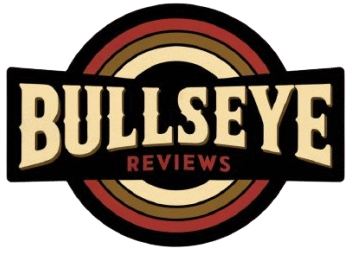A Visual Symphony Carried by Silence and Spirit
Gints Zilbalodis’ Flow isn’t just another animated film—it’s a cinematic meditation wrapped in an eco-fable, told entirely without dialogue, yet brimming with feeling. In a genre often saturated by noise and overstated emotions, Flow dares to slow down, breathe, and let imagery and soundscape do the storytelling. The result is a profound tale of survival, connection, and adaptation in a world where humanity is absent—but its echoes remain.
A Flooded World, a Lone Cat, and the Power of Companionship
Set in a post-human landscape overrun by nature, Flow opens with a solitary black cat living peacefully in an abandoned house once occupied by a feline-loving sculptor. That tranquility is shattered when sudden, rising floodwaters force the cat to flee. Adrift in a makeshift sailboat, the cat reluctantly begins a voyage alongside a mellow capybara, a shiny-object-obsessed lemur, a dignified secretarybird, and a goofy Labrador Retriever.

The journey isn’t about heroics—it’s about surviving the present moment and finding unlikely kinship through shared vulnerability. With no spoken words and no anthropomorphic flourishes, the animals behave like animals—but reveal human truths.
Animation Rooted in Honesty, Crafted in Ingenuity
Rendered entirely in Blender by a small team on a modest budget, Flow’s animation is striking in its restraint and sincerity. The film captures lush forests, submerged cities, and forgotten ruins with dreamlike stillness. Even the animal sounds are recorded from real animals—there are no voice actors pretending to be pets here.
There’s an honesty to the motion: the cat’s cautious tail flick, the dog’s rhythmic panting, the secretarybird’s poised gait. Every frame feels alive—not because it’s loud or fast, but because it listens and observes.
No Dialogue, Yet Emotion Speaks Loudly
There’s no narration, no exposition, and yet Flow manages to convey grief, fear, awe, joy, and growth with precision. Zilbalodis masterfully uses music and visual rhythm to guide the emotional undercurrent. The score is the true narrator—minimal, haunting, at times thunderous. It enhances without overwhelming, pushing you deeper into the animals’ journey and your own interpretation of their world.
Themes: Solitude, Trust, and the Necessity of Change
More than a survival tale, Flow is a reflection on loneliness and the effort it takes to connect. The cat, clearly a stand-in for the artist himself, begins aloof and defensive, but learns to trust—one hesitant step at a time. This arc is echoed in the dynamic between the mismatched crew: mistrust gives way to understanding, and coexistence emerges as a necessity, not a choice.

Beyond the boat and its passengers lies another story—the human absence. The film resists giving clear answers. Is this an environmental allegory? A post-apocalyptic tale? A metaphor for isolation? Flow leaves room for all interpretations. That ambiguity is not a bug; it’s the feature.
Why This Matters: A Quiet Revolution in Animation
Flow may not carry the marketing heft of a Disney or Pixar release, but it proves that small, independent studios can deliver works of equal—if not greater—imagination and emotional resonance. Despite a shoestring budget, the film has already earned over 50 international awards, including the Oscar for Best Animated Feature.
Its quiet revolution lies in refusing to anthropomorphize, in trusting children and adults alike to engage without being pandered to. It’s no surprise that many viewers—both kids and critics—have walked away deeply moved, pondering its themes for days.
Final Verdict: ★★★★½ 4.5/5 Stars
Flow is not just a movie; it’s an experience. It washes over you gently, then leaves a tide of thought behind. Emotionally resonant, visually poetic, and quietly radical, Flow reminds us that animation isn’t defined by noise or scale—it’s defined by soul.
Flow is currently streaming on Amazon Prime Video

